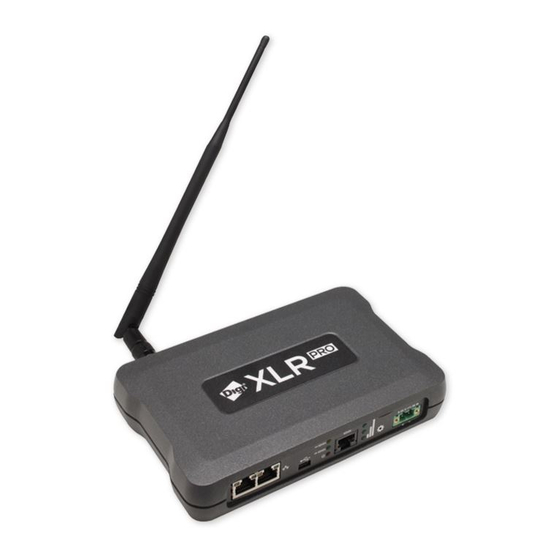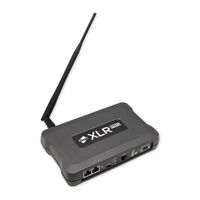
Digi XLR PRO Industrial RF Modem Manuals
Manuals and User Guides for Digi XLR PRO Industrial RF Modem. We have 7 Digi XLR PRO Industrial RF Modem manuals available for free PDF download: User Manual, Getting Started Manual
Digi XLR PRO User Manual (156 pages)
Brand: Digi
|
Category: Radio Modems
|
Size: 1 MB
Table of Contents
Advertisement
Digi XLR PRO User Manual (134 pages)
Radio Frequency (RF) Module
Brand: Digi
|
Category: Control Unit
|
Size: 4 MB
Table of Contents
Advertisement
Digi XLR PRO User Manual (20 pages)
Radio Frequency RF Module
Brand: Digi
|
Category: Control Unit
|
Size: 0 MB
Table of Contents
Digi XLR PRO Getting Started Manual (18 pages)
Long Range Radio Solution
Brand: Digi
|
Category: Network Router
|
Size: 0 MB
Table of Contents
Advertisement






